Kazakhstan’s diamond market: Challenges and prospects
Diamonds are not only symbols of love and status but also part of a multibillion-dollar economy. However, Kazakhstan plays only a modest role in this sphere. Why has our country yet to integrate into the global diamond system? Is it possible to distinguish a natural stone from a synthetic one? And what risks does a buyer face without a certified appraisal? These questions were explored by a Kazinform News Agency correspondent.
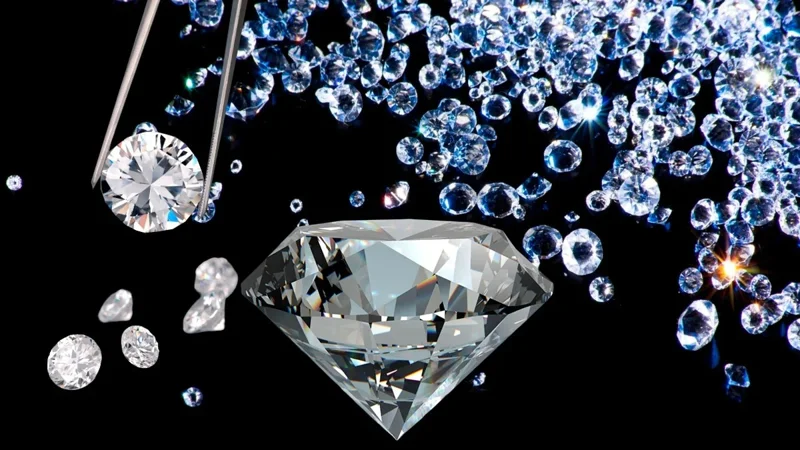
Market situation
Despite stable interest in jewelry, the diamond market in Kazakhstan has not yet taken shape as a structured industry. There are many reasons for this. The country has no local diamond mines, no large-scale cutting facilities, and only limited domestic production of jewelry with precious stones, including diamonds.
According to Majilis deputy Aituar Koshmambetov, domestic products account for less than 5% of annual sales.
“Nearly 90% of the market is made up of the shadow sector, counterfeit goods, and smuggling. Exact calculations are difficult, but experts give roughly these figures. Officially, the volume of imports and domestic production of jewelry in Kazakhstan in 2023 exceeded $110 million. Of this, only 1–5% was domestic production,” the deputy emphasized.
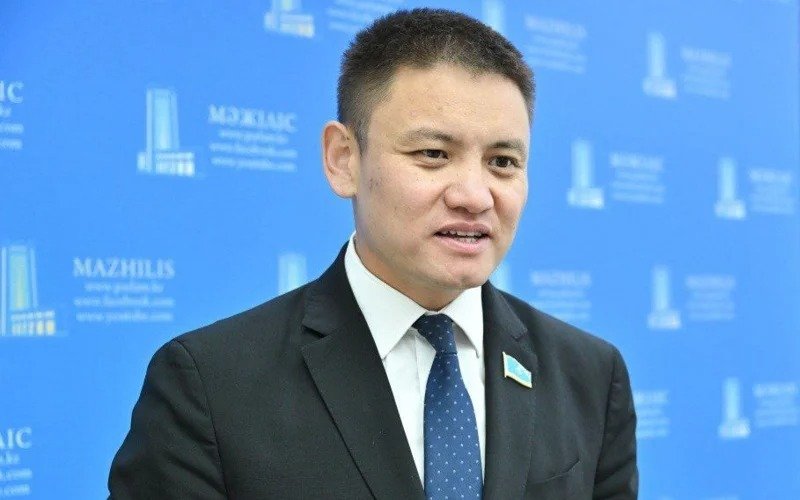
Industry professionals confirm this assessment. One of those with insider knowledge is Igor Gryaznov, an international top-category expert and a member of the GIA gemological association.
“I can say with certainty that there is no full-fledged diamond market in Kazakhstan in the generally accepted sense. We have neither major diamond producers nor large jewelry companies that are mass consumers. There is no tourist flow generating demand, as in Dubai or Istanbul. Our market is quite specific—more on the level of artisanal production,” notes Gryaznov.
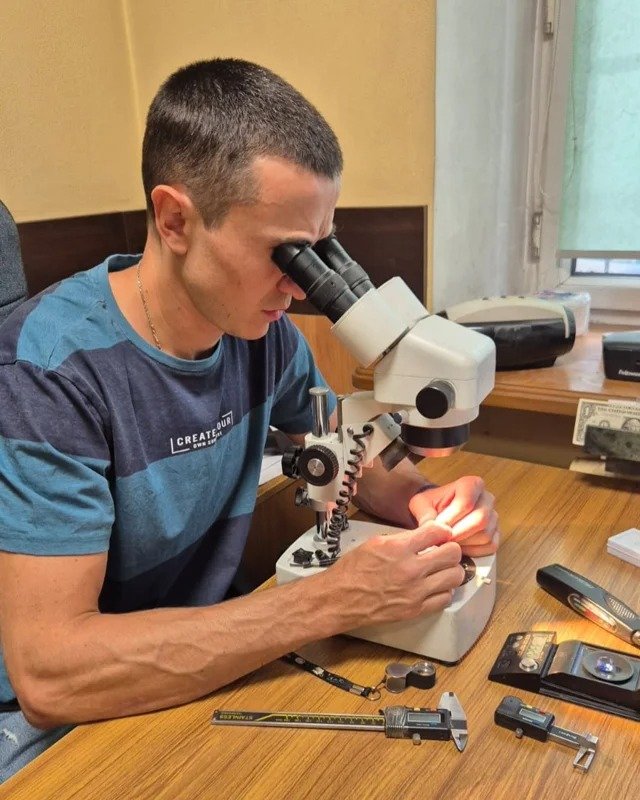
Kazakhstan has diamonds, but not the right kind
At first glance, Kazakhstan could claim its share of the global diamond business. The country has a unique deposit—Kumdykol in the Zerenda district of Akmola region. Notably, it is the only known deposit in the world not associated with magma, meaning it is of metamorphic origin. Official estimates put its resources at about 2.4 billion carats—three times the proven reserves of Russian diamond giant Alrosa.
However, behind these impressive figures lies a crucial difference: Kumdykol contains only industrial diamonds unsuitable for the jewelry industry. The stones are small (averaging up to 0.15 mm) and are used in drilling, cutting, and abrasive processing, but not in rings or earrings. Moreover, the deposit is not currently being developed.
Attempts to launch processing there were made in the 2000s but remained on paper. The latest investor, Qazaq Diamonds Ltd., planned to build an 11 billion tenge plant by the end of 2022, but never did.
“The Ministry of Industry and Construction revoked the company’s license due to violations of its conditions. Qazaq Diamonds representatives appealed twice but lost both times. The project is now frozen and will not be implemented,” the Zerenda district akimat reported.
The core problem lies in the high cost of processing and competition from cheaper synthetic analogues—more than 99% of industrial diamonds worldwide are lab-produced. Experts explain:
“In terms of reserves, Kazakhstan may have more. But the quality of the raw material is completely different. We have no kimberlite pipes like in Yakutia. Without gem-quality diamonds, there can be no sustainable market.”
Where do Kazakhstan’s diamonds come from?
Everything that fuels the domestic market is imported—both rough diamonds and cut stones. While no official figures exist for last year’s imports, data for the year before are available.
According to the OEC.world trade database, Kazakhstan ranked 65th out of 158 countries in diamond imports in 2023, bringing in about $3.78 million worth. The main suppliers were Russia ($2.05 million), Belgium ($815,000), UAE ($416,000), India ($401,000), and the USA ($36,800).
“These countries are among the largest hubs of the global diamond trade and cutting industry. Diamond markets are quite centralized. Major players include Dubai, Mumbai, Hong Kong, Istanbul, and New York. The nearest supplier for us is Russia, and that is a big plus because we are in a common customs zone and logistics are simpler,” said the expert.
Domestically, stones most often go to small jewelry workshops, from where they reach the end consumer.

Who’s buying: Classics and new trends?
The main buyers on Kazakhstan’s diamond market are men purchasing engagement or wedding rings and earrings. There are also private clients who buy jewelry for themselves or as gifts for anniversaries, the birth of a child, or other special occasions. Mass demand is absent, making the market niche, with preferences becoming increasingly individualized.
“Rings and earrings are most often purchased. Recently, it has become fashionable to come with sketches and order custom-made jewelry. Less ostentatious shine, more meaning, symbolism, and restraint. This trend emerged about 15 years ago, when heavy gold chains and signet rings went out of style. Now elegance and the idea behind a piece are valued. People come with ideas and pictures, asking for a unique piece. This is good—it means the market is moving toward conscious choice and personalization,” says Gryaznov.
Buyers are more often interested in the characteristics of stones, but many still focus solely on carat weight and price.
What influences price?
A common misconception is that more carats mean higher value. In fact, this is just one parameter.
“A white, clean stone with poor proportions will not sparkle. A stone of average color and clarity but with perfect cut will shine from any angle—and cost more. You need to understand what you are paying for and ideally seek advice before buying,” explains the expert.
The classic formula for evaluation includes the 4Cs—carat, color, clarity, and cut. The final price is also influenced by the market: brand, season, trends, and origin of the stone.
According to Aizhan Zhunusova, a jeweler from a private salon in Almaty:
“The average price of a diamond ring here is from 300,000 to 3 million tenge. Higher prices are for custom orders. People have become more knowledgeable, asking about clarity, color, and cut. But many still focus only on price and weight.”
The investment value of diamonds
Diamonds can serve not only as adornments but also as part of an investment portfolio. They are considered a universal asset—compact, inflation-resistant, and transferable by inheritance.
However, Gryaznov stresses that this is a long-term play requiring market expertise.
“The diamond market is not a stock exchange. It is very stable but unsuitable for short-term speculation. You cannot buy today and sell next year for a profit. But if you acquire a quality stone at the right price, it will retain—and sometimes increase—its value over time.”
The main factors behind investment attractiveness are uniqueness, certification, and compliance with global standards. Without these, even the most beautiful stone may be worthless to the market. Rare colored gemstones—sapphires, emeralds, and rubies—are considered even more resilient investments due to their scarcity.
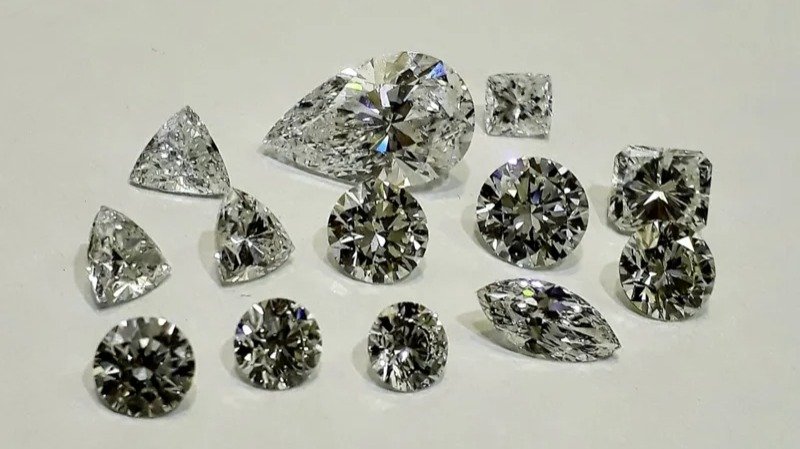
Without expertise—no trust
A major barrier to jewelry market development is the absence of mandatory gemological examinations meeting international standards. By law, certification is possible in licensed laboratories, but there is no requirement to follow GIA or HRD models. As a result, consumers may lack objective confirmation of authenticity and characteristics.
Synthetic diamonds are appearing more often. They are visually indistinguishable from natural ones and can be sold as genuine without expert assessment.
Synthetic stones: Alternative or threat?
Synthetic diamonds pose a serious challenge to the industry. They look identical to natural stones, cost less, and are increasingly attractive to buyers—especially young people.
“When the price difference reaches tens of percent, the temptation is there. But synthetics are not an investment. They lose value, won’t be accepted by pawnshops, and won’t become family heirlooms,” Gryaznov says.
In some cases, stones passed down for generations turn out to be cubic zirconia. Synthetic stones can have a place in the market—but only with transparency and labeling.
How to tell a fake from the real thing
Diamonds cannot be reliably identified by the naked eye or home tests—especially lab-grown stones made by CVD or HPHT methods. Only expert laboratory diagnostics can detect synthetic stones.
Certification: A guarantee, not a formality
A certificate is the document confirming a stone’s origin and characteristics. Globally, the main standards are GIA, HRD, and IGI. In Kazakhstan, jewelry stores often issue their own certificates—creating a conflict of interest. There is no state body to verify authenticity.
The black market
Globally, the jewelry industry is moving toward transparency, certification, and sustainable consumption. In Uzbekistan, the number of official jewelry producers has increased tenfold in recent years.
Majilis deputy Koshmambetov notes:
“In Kazakhstan, we essentially have no jewelry market. We have accepted this as a given and do nothing about it, although we could meet domestic demand and export. Kazakhstan is among the top 20 gold and precious metal producers, but instead of developing processing and added value, we sell raw materials and buy back finished products.”
While Kazakhstan regulates official players, it does little to combat the black market.
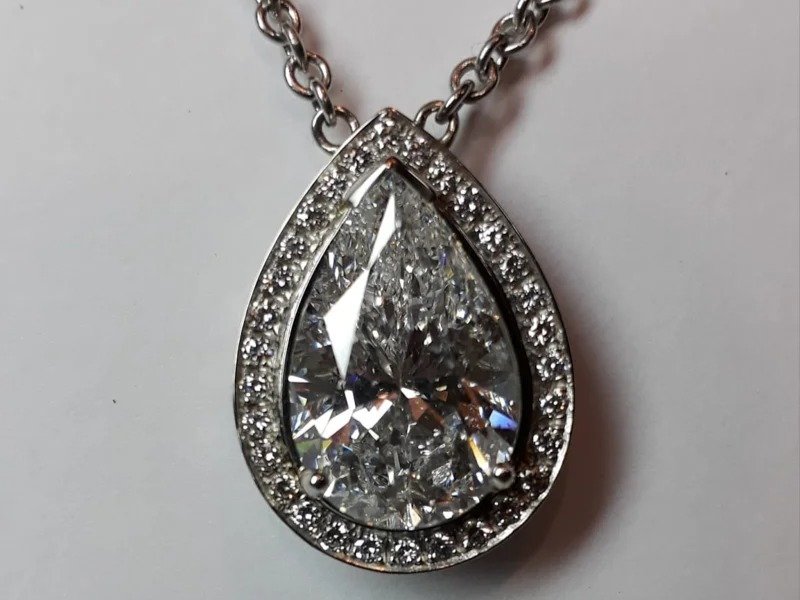
What needs to change?
Experts agree that the sector still operates at an artisanal level, with scattered workshops, a narrow audience, and no systemic support. A key step would be establishing an independent certification center to assess stones according to international standards.
There is also a shortage of specialists: the country lacks a full-fledged educational institution to train gemologists, with the market relying on enthusiasts trained abroad or self-taught. Tax policy can also hinder development, making legal goods more expensive than imports or shadow-market products—causing consumers to “vote with their wallets.”
“If the conditions are unfavorable, the legal market will not develop,” producers note.
Earlier, it was reported that in the past five years, over 1.06 billion carats of rough and polished diamonds have passed through Dubai, with nearly 179 million carats traded in 2024 alone, cementing the UAE’s position as a leading global diamond hub.
